
The History of Unisex Clothing

📷 @zacsmashyou rocking the Nautical Color Block Jacket in Green
Today we are jumping headfirst into a brief history of unisex clothing. Now we know what you’re thinking…it’s 2019 who the hell cares if a boy is wearing girls clothes or vise versa. We couldn’t agree more. That doesn’t mean however that we shouldn’t brush up on our history and understand the social steps that have led us to our modern ideas of clothing.
Let’s step back to the years leading up to WWII, a time where gender roles in America were adhered to rigorously and rarely questioned. Men were the breadwinners and highly masculine. Their style reflected these social norms with short haircuts, trousers, and typically darker neutral colors. Women took on the role as caretakers and mothers. This being reflected in highly feminine garments like knee length dresses, heels, and silhouettes designed to create an hourglass frame.
After the war had ended, entering the 1960’s there are two huge movement in the USA, the sexual revolution and second wave feminism. Both of these movement shook the cultural expectations and understanding of the term “gender” and began seriously questioning the social political, and sexual norms that were accepted in the pre- WWII era. Fashion is often a reflection of where we are as a society, and designers were inspired to create more garments that spoke to these cultural shifts.
In 1968 the term “unisex” was published for the first time in a New York Times article, referencing a pair of chunky boots. By the end of the year the term was used in five more articles and department stores had begun creating unisex sections for gender neutral clothing.
Unisex styles remained a subcategory in fashion, but it had lost some momentum by the 1970s. Flash forward to the1990’s and we see a huge resurgence brought about by the punk and grunge movements. These movements were about questioning social norms and rebelling against fixed stereotypes. The fashion tended to lean unisex, with oversized flannels, combat boots, and knit caps for both men and women.

📷@tortorellla wearing Nautical Color Block Jacket in Yellow
Heading into the 2000’s right up to modern day, there is a definite shift again toward unisex clothing. Designers are building entire collections based on gender neutral designs and our social expectations on what is typically masculine and what is typically feminine are changing drastically. With this new perspective on social norms comes an exciting freedom of expression for both genders. There has never been a better time to truly dress how you like and style elements that draw on both masculine and feminine traditions. The most important part is that you love what you are wearing and feel confident in it!




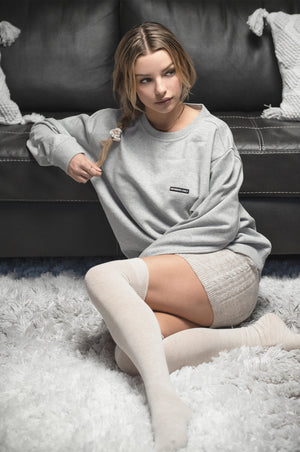

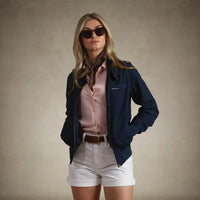
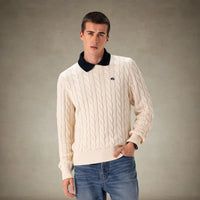


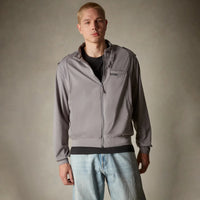
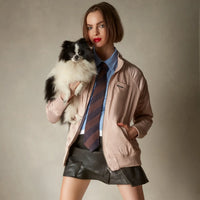

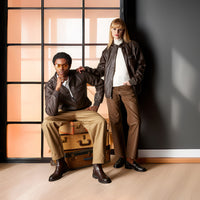




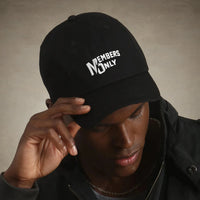
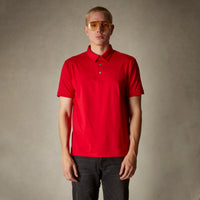
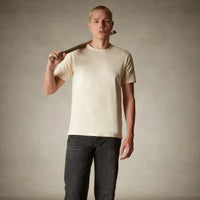
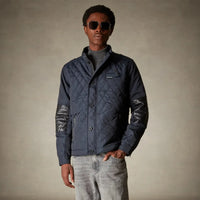



Leave a comment
This site is protected by hCaptcha and the hCaptcha Privacy Policy and Terms of Service apply.